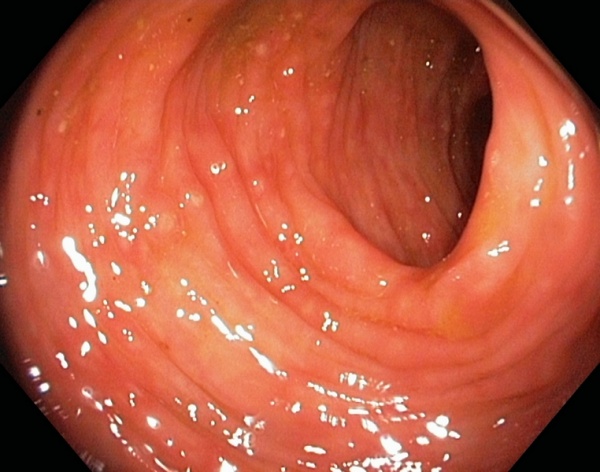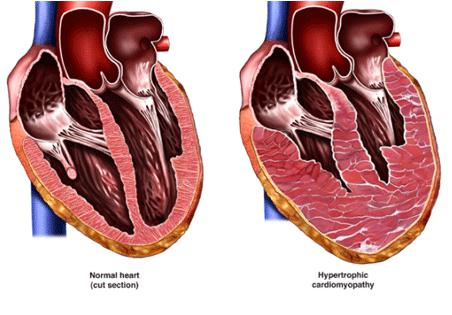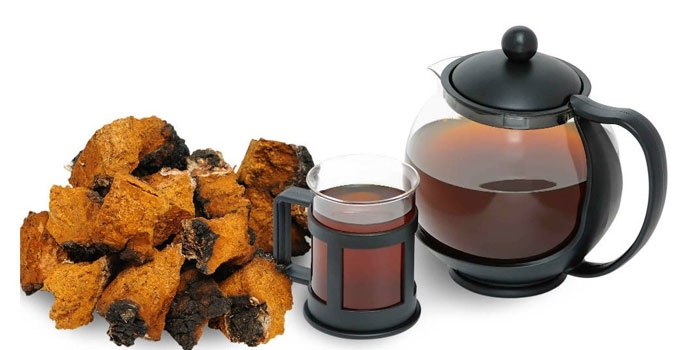How to cure diarrhea in a child at home?
Diarrhea or diarrhea is a frequent or one-time bowel movement, characterized by the release of feces of a liquid consistency. In the vast majority of cases, diarrhea is the result of disorders of the gastrointestinal tract.
For example, diseases such as colitis, enteritis, enterocolitis, as well as a number of other diseases that are not related to the pathologies of the digestive system can cause loose stools in a child. In addition, the cause of childhood diarrhea can be poisoning, taking antibiotics, or severe nervous shock.
What is it like?
Modern medicine distinguishes the following types of diarrhea:
- infectious;
- medical;
- toxic;
- dyspeptic;
- neurogenic;
- alimentary.
Infectious
In most cases, the cause of infectious diarrhea is a viral infection of various types. Intestinal viral infections are quite easily transmitted from one person to another through close contact or, for example, when an infected person prepares food for others. Children under 5 years of age are most susceptible to such infections.
In some cases, diarrhea is caused by food poisoning from various types of bacteria. The most common bacterium is salmonella, which can enter the body with contaminated water, food and other pathogens (common in countries with low sanitary indicators).
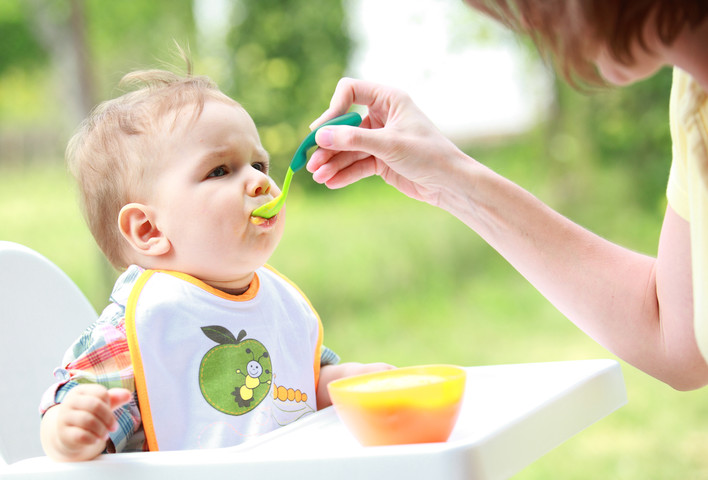 Symptoms of infectious diarrhea in children can range from mild gastric upset for a couple of days to serious conditions with severe watery diarrhea. In the infectious course of the disease, acute pain in the abdomen is characteristic.
Symptoms of infectious diarrhea in children can range from mild gastric upset for a couple of days to serious conditions with severe watery diarrhea. In the infectious course of the disease, acute pain in the abdomen is characteristic.
In this case, the pain may fade each time after emptying the child's stomach. Additional symptoms of infectious diarrhea may include:
- temperature increase,
- vomit,
- headaches.
This type of diarrhea in most cases lasts for several days, perhaps even more. On average, the stool of a liquid consistency remains in a child for about five to seven days, after which it returns to normal. In particularly severe cases, symptoms may take much longer to appear.
medical
Diarrhea of drug content arises against the background of suppression of the natural, physiological environment of the intestine or the development of dysbacteriosis. The main symptoms can be considered vomiting, which is considered the primary symptom that occurs against the background of loose stools.
An eructation with a fetid odor, which is formed due to the processes of decay in the stomach, testifies to a secondary disruption of the digestive system. Often this type of diarrhea occurs from antibiotics, which partially or completely destroy the intestinal flora.
Toxic
Toxic diarrhea in children is necessarily accompanied by vomiting, which gradually leads the body to dehydration.
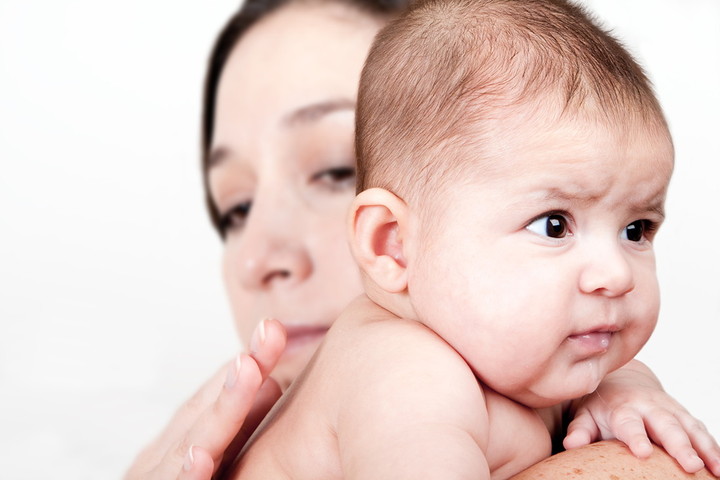
In especially difficult situations with children under two years of age, diarrhea in this group can provoke various disorders of brain functions.
In the vast majority of situations, such diarrhea is the result of diseases of the intestines or some other organ and develops mainly in the warm season as a result of overheating.
Symptoms of toxic diarrhea mainly include severe diarrhea, when watery bowel movements follow one after another. When vomiting, the stomach leaves all the food eaten.
The child's complexion changes from natural to gray, dark circles form around the eyes. The baby becomes lethargic, constantly wants to sleep. The reaction to the environment is slow. The most characteristic symptom can be called eyelids open during sleep.
Dyspeptic diarrhea
Diarrhea of the dyspeptic type occurs on the basis of violations of the digestive processes that develop as a result of insufficiency of the secretory pancreas, liver or stomach of the child. Such diarrhea usually does not have characteristic symptoms, and at the same time requires closer attention from the pediatrician.
neurogenic diarrhea
Diarrhea of a neurogenic type may appear as a result of a disorder in the work of the nervous regulation of intestinal motility. Most often, neurogenic diarrhea occurs when the child is in a stressful situation or nervous tension.
Feelings of fear and anxiety can cause such diarrhea. The situation does not require any special treatment. The chair is normalized as soon as the psychological state of the child returns to normal.
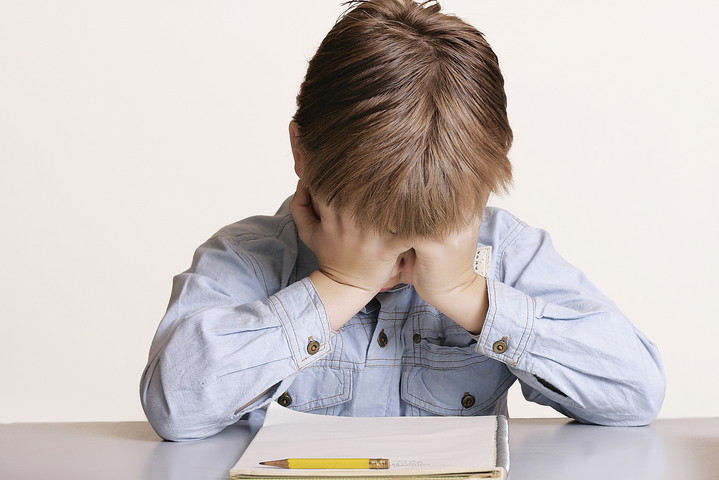
Alimentary diarrhea
Diarrhea of alimentary origin occurs due to failures in the process of feeding the child or due to the use of foods that provoke allergies. Treatment requires exclusion from the children's menu of food that provokes loose stools, as well as taking antihistamines.
Usually, alimentary diarrhea disappears the very next day after the start of treatment.
Symptoms of childhood diarrhea
The digestive processes of most children are almost identical to the adult body. The consistency of the stool, as well as its frequency, is usually the same in both the child and the parents. The only exception is infancy: in newborns and infants, the stool is normally more liquid and frequent.
Thus, it is quite simple to determine diarrhea in babies from a year or more. Diarrhea can be called liquid-like feces with a predominant water content.
Diarrhea is uncontrollable, accompanied by sharp urges and spasmodic pain in the abdomen. The daily number of bowel movements significantly exceeds the norm. There is also a certain pattern: the more watery the stool, the more often the baby runs to the toilet.
Any type of childhood diarrhea requires immediate treatment. Parents need to be especially vigilant when the child's bowel movements are very plentiful, have a greenish tint and foam.
Why is chronic diarrhea dangerous for a child?
Emptying seven to eight times a day is a great danger for a child, since diarrhea can cause dehydration of his body, which rapidly deprives him of nutrients.
In some cases, diarrhea leads to a violation of the electrolyte composition of the blood. If acute symptoms appear, the parent should call a doctor or take the child to the hospital.
How do you know if your baby is dehydrated?
To determine the dehydration of a child's body, it is necessary to monitor the condition of its skin and mucous membranes. With dehydration, the mucous membranes and skin dry out and begin to crack.
The general condition of the body also changes. The kid becomes lethargic, restless, completely refuses food. A sure sign is also considered a concentrated, dark color of urine, which is excreted much more rarely and in smaller quantities.
Parent to check personal hunches about dehydration in the baby at home. To do this, it is enough to conduct a test for "wet diapers". In an infant, the number of urination per day should not be less than 10, in an older child - four to five times.
Vomiting and regurgitation can also aggravate the process of dehydration. In some cases, such as infectious diarrhea, children even develop a fever.
How is childhood diarrhea treated?
Diarrhea in a child must be treated from the inside. That is, it is not enough to get rid of the symptoms, you need to identify the root cause. Therefore, in order to cure diarrhea in a child, and not eliminate its symptoms for a while, you should consult a doctor.
 In addition to the appointments that the pediatrician will issue to the baby, during the treatment of childhood diarrhea, parents must adhere to the following principles:
In addition to the appointments that the pediatrician will issue to the baby, during the treatment of childhood diarrhea, parents must adhere to the following principles:
Pause "starvation" or sparing diet
In most cases, a child with diarrhea himself refuses food. Force-feeding a baby is strongly discouraged. The exception is when the child is less than a year old. Long hungry pauses in such young children can cause weight loss and disruption in protein balance.
In this case, the hungry pause should be replaced by a diet that excludes fatty foods and dairy products.
Do not take antidiarrheal drugs (unless prescribed by a doctor)
It is forbidden to immediately give the baby antidiarrheal medications. If a child has picked up an intestinal infection, the body will be released from it through vomiting and diarrhea.
Therefore, the first hours of the disease, it is necessary to allow the toxins to come out, and only then give the medicine for diarrhea. To speed up the process, you can give the child an enema, the water temperature in which should be no more than 23-24 degrees.
It is also forbidden to give the child remedies for diarrhea when there are blood clots in the products of defecation and a rise in temperature is observed.
Plentiful drink
With diarrhea, the baby must observe a sufficient drinking regimen. The older the child, the more liquid he needs. At the same time, he should drink at least 50 milliliters of water per kilo of weight.

Water should enter the body after each bowel movement or vomiting attack. Throughout the day, the baby should drink fractional portions. You can not limit the baby in drinking, if he wants more liquid, you need to give him more.
In addition to drinking water, the child can also be given compote and alkaline mineral water. Compote, cooked from dried fruits, is an excellent remedy for the treatment of intestines, it includes magnesium and calcium salts. Alkaline mineral water for a child should be warm and gas-free.
Salt solution intake
The use of an electrolyte solution helps to restore and control the water-salt balance in the child's body. A universal remedy in case of diarrhea in both infants and children of three years and older is pharmaceutical powder - Regidron (to obtain a solution, it is enough to dilute it with water).
If Regidron was not at hand, an electrolyte solution can be prepared independently from a liter of boiled water, half a teaspoon of salt, half a teaspoon of soda, one tablespoon of sugar. You can store such a solution for no more than a day.
Medical preparations
Medications that can be used to treat diarrhea fall into several groups. We recall once again that any of them can be given to a child only after consulting a pediatrician.
Enterosorbents
The first group is enterosorbent substances, which are endowed with sorption properties that contribute to the rapid removal of toxins from the body. These include such well-known drugs as activated carbon, Enterosgel, Polysorb, Smecta and others.
Smecta is the most preferred absorbent for children. It includes an absorbent astringent, which is able to quickly restore the intestinal mucosa.
Probiotics
Probiotics replenish the level of beneficial bacteria in the child's body, some of which could die or be excreted naturally during diarrhea.
It is worth noting that this group of drugs is prescribed not only for the treatment of prolonged diarrhea, but also for dysbacteriosis, intestinal infections and after taking antibiotics.
Antimicrobial drugs
Sometimes, with diarrhea, antimicrobial medications are also prescribed, which reduce the peristalsis of the gastrointestinal tract and stop the baby's diarrhea.
Folk remedies for diarrhea in children
As additional measures to get rid of diarrhea, you can use folk recipes. However, before treating diarrhea in a child with folk methods, it should be taken into account that they can give quite unexpected results.
Unfortunately, folk recipes often provoke allergic reactions in children. Therefore, if there is even the slightest doubt about a particular remedy, it is necessary to consult with your doctor before using it.
Rice congee
The most popular remedy for diarrhea, including in children, is rice water. It is prepared quite simply. For 0.5 liters of water, two tablespoons of rice are taken, which are boiled over low heat for thirty minutes, after which the broth is evaporated under a closed lid for about twenty minutes.
 The resulting decoction should be given to the child 50 grams three to four times a day, starting from the first day of diarrhea. It has an astringent effect, normalizes the work of the intestines, and also fully nourishes the weakened children's body.
The resulting decoction should be given to the child 50 grams three to four times a day, starting from the first day of diarrhea. It has an astringent effect, normalizes the work of the intestines, and also fully nourishes the weakened children's body.
Kissel
Also, traditional medicine believes that taking berry or oatmeal jelly, which has an excellent calming effect on the intestines, helps to effectively treat diarrhea.
To prepare this healing drink from fresh or frozen berries, you need 0.5 liters of water, 1.5-2 tablespoons of potato starch, an incomplete glass of granulated sugar and 0.5 kg of any berries.
The method of preparing jelly is extremely simple: the berries must be boiled until tender, removed from the water and rubbed through a sieve. Add the mashed mass back to the water in which the berries were boiled, add granulated sugar and starch, previously diluted in cold water, to it.
Put the drink back on the fire, wait until it boils, and turn it off. After cooling, jelly can be given to the baby.
Prevention of diarrhea in childhood
The first most popular and effective method of prevention is proper nutrition and basic hygiene - processing fruits and vegetables, as well as regular hand washing with soap (after going to the toilet, walking on the street, contact with dirty things).
The child is forbidden to give raw water and questionable products, as well as allergenic products (if he has allergies).
You should be careful with antibiotics (in no case should you prescribe them to your baby on your own and exceed the duration of the course prescribed by the doctor).
Sometimes cases of diarrhea occur among children with an unstable psycho-emotional state. Diarrhea prevention for such children will be the correct daily routine (which, however, is important for any child), protection from unnecessary emotional unrest and worries.
It has been proven that if the baby is in a good mood, not subject to stress and nervous overload, the likelihood that he will suffer from diarrhea is reduced.
- Intercostal neuralgia - what is it and how to treat
- How to quickly get rid of dry corns on the legs
- How to treat left ventricular hypertrophy
- Rating of the best drugs for rotavirus for children
- Making tea from currant leaves, the benefits and harms of the drink
- How to drink hydrogen peroxide according to Neumyvakin - an oral regimen
- Features of the treatment of plantar fasciitis with folk remedies
- The composition and beneficial properties of parsley root
- How to get pregnant quickly? Folk remedies
- Herbs-ants in the "pot-bellied" period or the use of herbal medicine during pregnancy
- Why does a sore throat and dry cough occur, and what treatment is required?
- Guy's Room Design: Ideas and Examples
- General rules for drawing up a foundation plan House foundation drawings
- modern art deco bedroom small art deco bedroom
- Pansies: characteristics and photos of flowers
- Making an art deco bedroom: the choice of materials Beige art deco bedroom
- Bedroom interiors in art deco style Bedroom art deco style beige
- Young: planting and care in the open field Young planting and care in the open
- Varieties for open ground
- Pansies: cultivation and care in the open field







